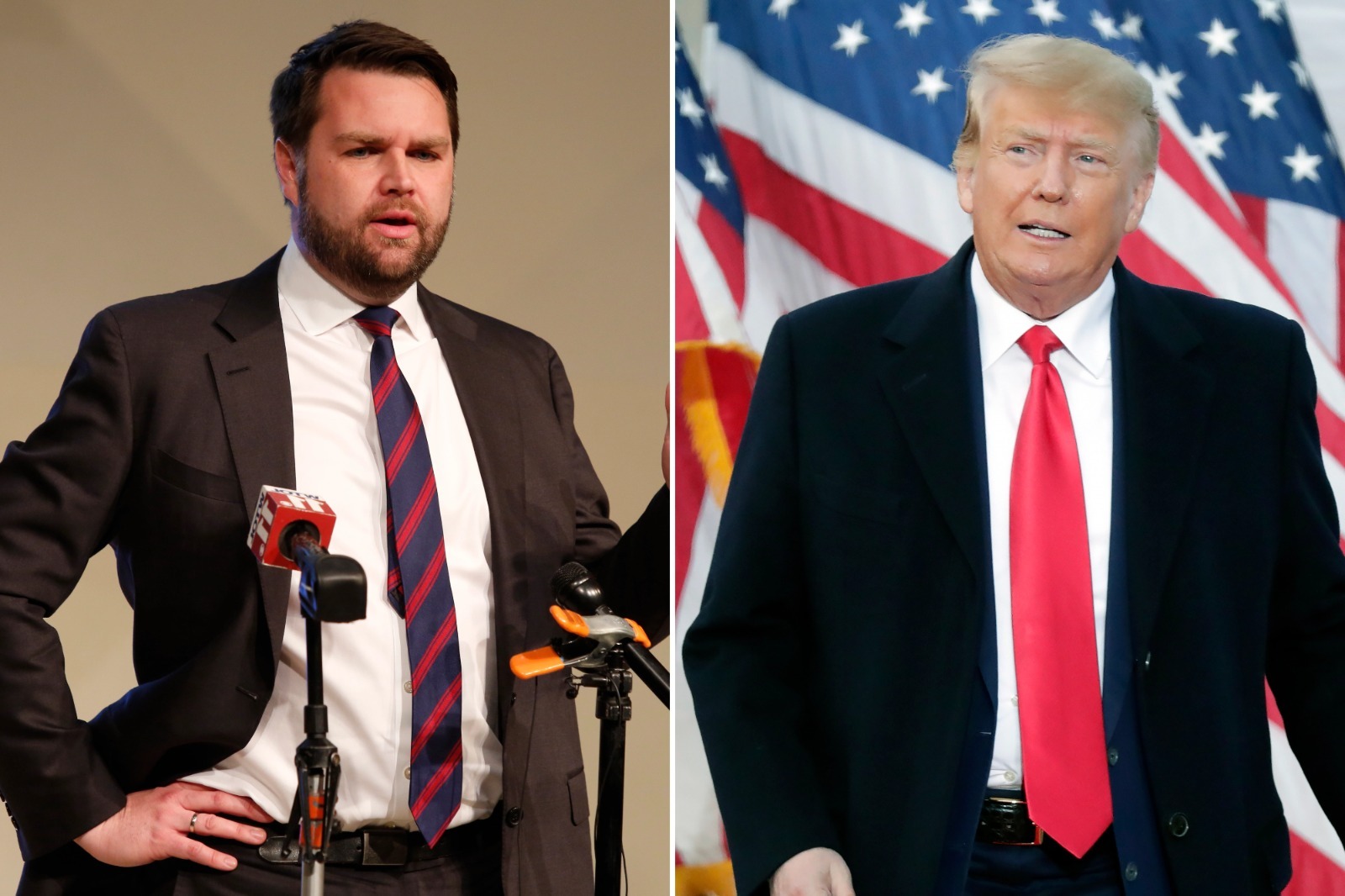In a flurry of activity just before the major political event of the year, influential figures and advisors gathered to decide on the future leadership of their party. The former head of state engaged in private discussions with his closest confidants, his sons, as they debated the choice for a vice-presidential candidate.
The atmosphere quickly became tense when the leader expressed a preference for a lesser-known figure, the governor of a modest state. This individual, known for his unassuming nature and steady demeanor, seemed an ideal match in the leader’s eyes.
However, the leader’s sons strongly disagreed. They vehemently argued against the choice, viewing it as a misstep that offered little benefit to their cause. Their insistence on another candidate, a youthful senator from the Midwest, prevailed. This senator, known for his strong alignment with the party’s core base, was ultimately chosen.
The leader’s decision to select this senator marked a strategic shift from previous campaigns. In the past, the leader had relied on more traditional and established advisors, but this time, the younger generation took the helm, steering the campaign towards a more fervent, populist approach. The selected senator, a former Marine with a reputation for loyalty and a strong connection to the industrial heartland, was seen as a figure who could bolster the party’s appeal in crucial states.
An Ohio-based strategist highlighted the senator’s ability to address issues affecting the working-class family, emphasizing his unique position within the party. Despite his youth, the senator’s hardline stance on various issues and his capacity for passionate rhetoric were considered assets, although they also presented risks given the current climate of heightened political tensions.
Other potential candidates were evaluated for their strengths and weaknesses. A senator from the South, known for his foreign policy expertise and appeal to Hispanic voters, faced constitutional hurdles that complicated his candidacy. Meanwhile, the governor, despite his financial resources and supportive spouse, had taken controversial positions on social issues that were seen as liabilities.
The selection process involved meticulous vetting and confidentiality, with only a few trusted advisors privy to the details. Various influential figures within the party lobbied for their preferred candidates, creating an atmosphere of intense speculation and strategic maneuvering.
As the decision approached, external factors such as legal challenges and political developments influenced the timing of the announcement. The leader likened the process to a high-stakes game show, reflecting his flair for dramatic reveals.
Speculation peaked during a rally, where the seating arrangement and the presence of key figures sparked rumors about the final choice. The leader continued to meet with each finalist, discussing potential obstacles and weighing the implications of their selection.
Ultimately, the chosen senator’s journey to candidacy involved overcoming initial skepticism and building a strong rapport with the leader and his inner circle. Despite past criticisms, the senator’s dedication and transformation into a staunch supporter won him the endorsement and, eventually, the vice-presidential nomination.
The selection underscored the growing influence of younger, more dynamic leaders within the party. While this shift carried inherent risks, it also represented a bold move towards a more energized and engaged base. The chosen senator’s background and appeal to blue-collar voters were seen as pivotal in strengthening the party’s position in key regions.
In the final stages, the decision faced internal and external pressures, with various factions within the party advocating for different candidates. The leader’s advisors worked diligently to navigate these dynamics, ultimately returning to the senator as the most viable choice.
The decision reflected a blend of loyalty, strategy, and the desire to reinvigorate the party’s core supporters. The new vice-presidential candidate symbolized a bridge between the party’s established leadership and its evolving, younger base, poised to take on the challenges of the upcoming election with renewed vigor.
